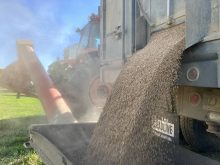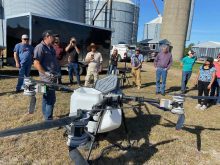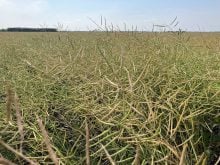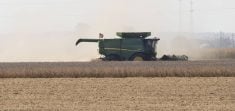Two-spotted spider mites have emerged as the primary insect concern for Manitoba soybean producers this season, with infestations concentrated in eastern and Interlake regions where hot, dry conditions have favoured the pest.
Spider mite issues have been geographically limited but significant where they occur, said John Gavloski, an entomologist with Manitoba Agriculture.
“I haven’t been getting reports of this from the western part of the province. It seems to be more of an eastern problem,” Gavloski said.
Read Also
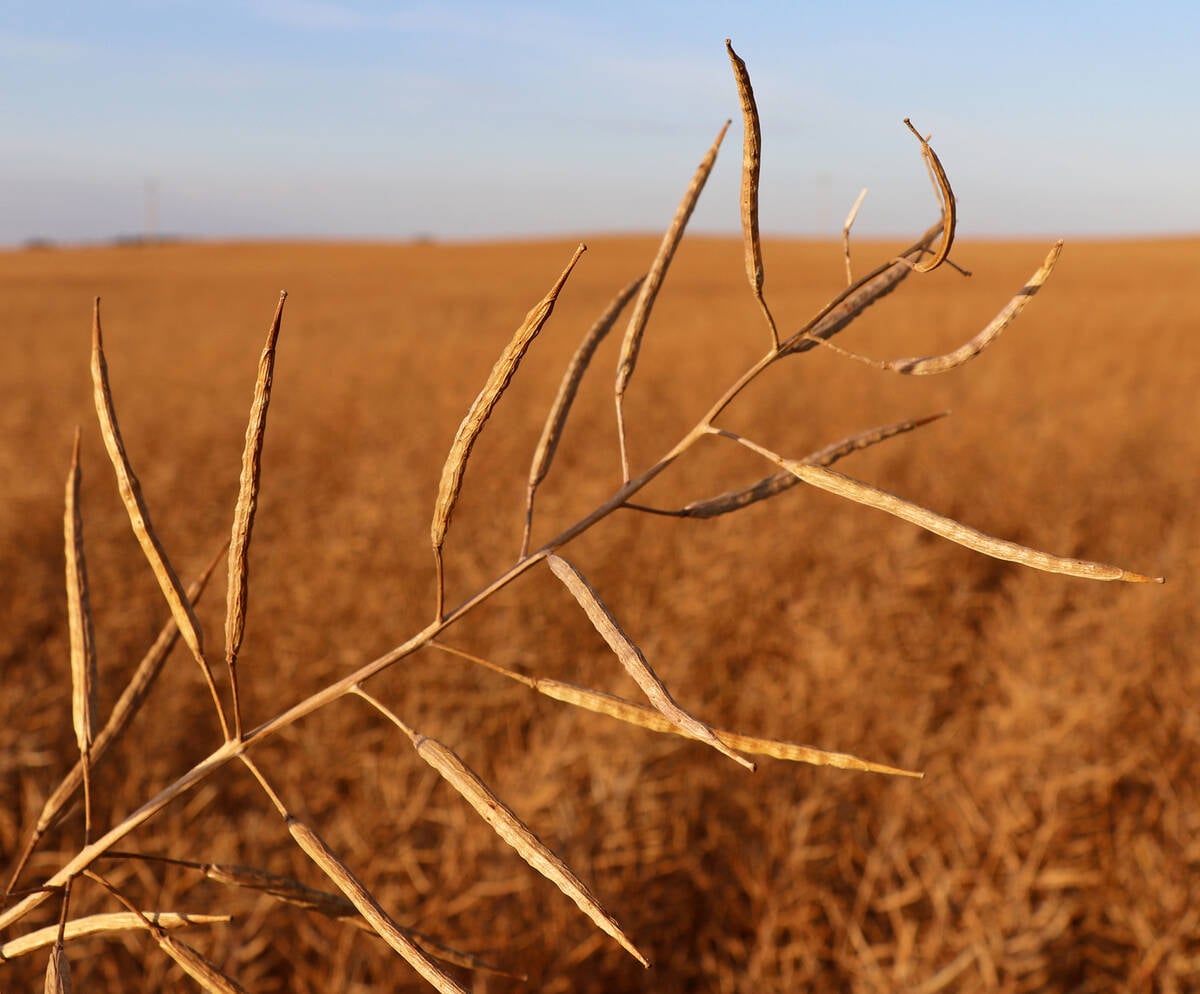
Canola suffers chaotic 2025
Canola had something of a tumultuous 2025, pushed one way or another by a variety of factors. Nearby canola futures traded in a wide range from about C$550 to C$750 per tonne over the last year, but were within a few dollars of where they started by December with the most-active March contract in the middle of that range at nearly C$633 as of Dec. 11.
WHY IT MATTERS: Two-spotted spider mites have become the primary insect of concern for Manitoba soybean producers, with grasshopper numbers lower than expected.
The two-spotted spider mite is a sporadic pest that typically appears from July to August when weather conditions are favourable, said the Manitoba Pulse & Soybean Growers. The tiny pests prefer hot, dry weather and infestations usually begin at field edges before moving inward.
Recent weather patterns have created ideal conditions for spider mite development, Gavloski said at a Manitoba Crop Talk webinar hosted on Aug. 13.
“Two-spotted spider mite does very well in hot, dry conditions. They don’t do so well if we’ve had prolonged periods of rain and damp weather,” he said, adding that a fungal pathogen can devastate mite populations during extended wet periods.
Identifying and managing infestations
Spider mites can be challenging to detect early. While white speckling may appear on upper leaf surfaces, the actual mites are found on the undersides of leaves among their webbing, according to the Manitoba Pulse & Soybean Growers’ website.
Growers should scout by examining individual plants closely or shaking plants over white paper to spot the tiny pests, which may require a magnifying glass to see clearly.
Economic thresholds for spider mites are based on the percentage of infested leaves rather than mite counts due to the difficulty of counting the small insects. Manitoba Pulse & Soybean Growers recommends considering insecticidal control when 20 per cent of leaves are infested.
The most vulnerable soybean stages are R4 (full pod) through the beginning seed stage when seeds are filling. Once soybeans reach R6. the green bean stage where seeds are fully developed, spider mites become less of a yield concern.
“At R6, they’re probably going to have less of an impact on yield. So, it’s the R4 and R5 stage that you really have to be careful and watch the spider mite activity,” Gavloski said.
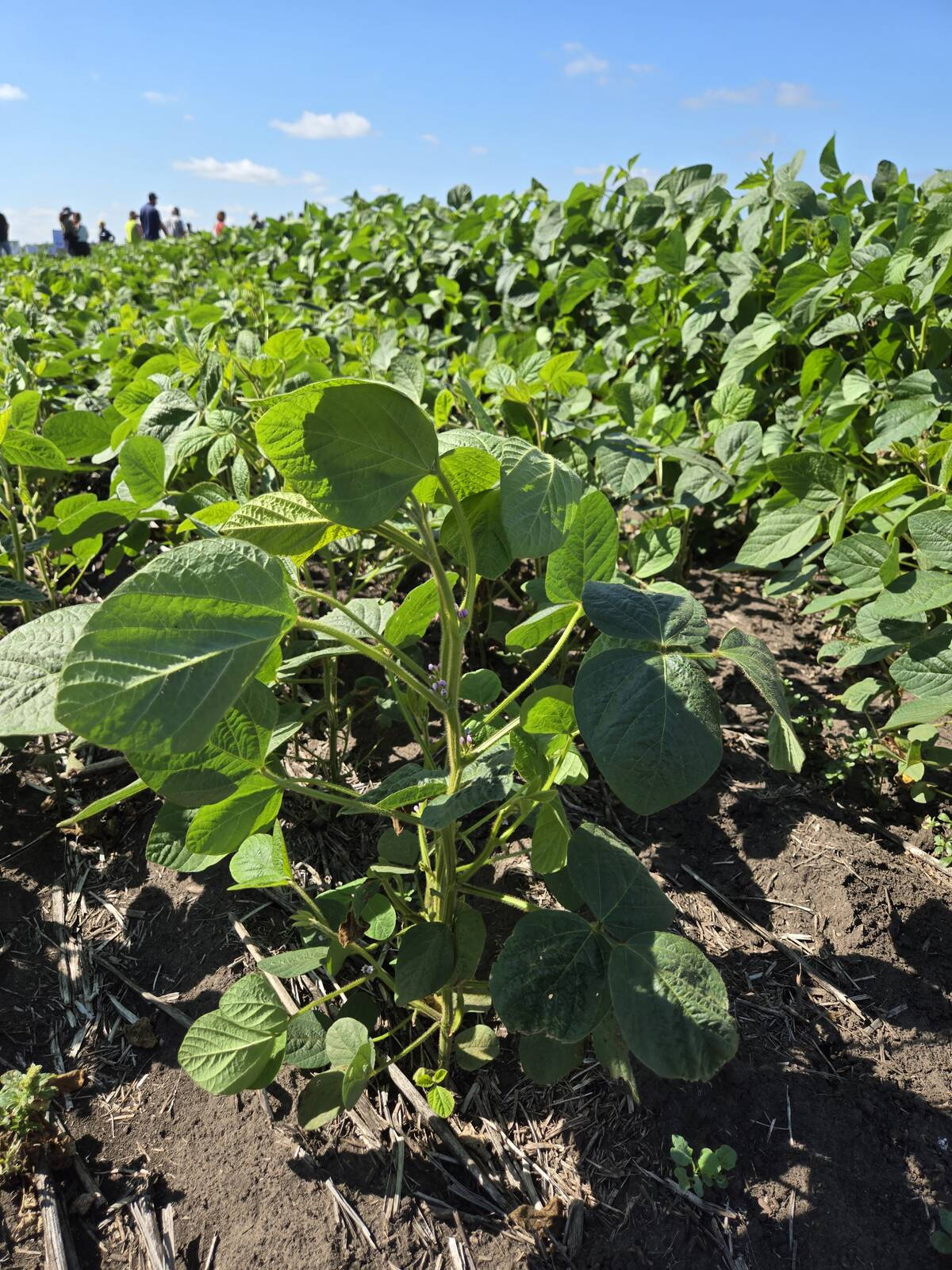
Infestations can sometimes follow pyrethroid insecticide applications, as these chemicals can trigger spider mite population increases while killing beneficial predatory mites.
Since infestations often occur in patches, spot treatment may be effective. For soybean spider mite control, Lagon and Cygon are registered products, while Malathion, Oberon and Cygon are registered for dry beans.
Grasshopper populations lower than expected
Despite predictions for a challenging grasshopper year, populations have remained relatively manageable across most of the province. While some pockets have required spraying, particularly on field edges and pastures, overall numbers haven’t reached anticipated levels.
Conditions last fall appeared ideal for grasshopper reproduction, Gavloski said.
“We had really good egg laying conditions, and in my forecast, I mentioned to really be on the lookout for grasshoppers this year, because we did get those good egg laying conditions last August and September.”
Those conditions included a warm, relatively dry September with the first frost delayed until October.
Manitoba is home to roughly 85 grasshopper species, but only four are considered agricultural pests. The two-striped grasshopper is the most common and largest of the pest species, identifiable by two white stripes running from behind the eyes to the back of the wings.
The migratory grasshopper ranks second in prevalence, featuring what appears to be “a little black mask in behind their eye” and diagonal bands on their back legs. Clear-winged grasshoppers, which specialize in feeding on grasses and cereals, round out the top three pest species.
Current populations include a mix of late-stage juveniles and adults, with adults expected to dominate as August progresses, Gavloski said.
Survey seeks population data
Manitoba Agriculture is conducting an ongoing grasshopper survey throughout August to estimate population levels across the province. The survey involves walking 50-metre areas and estimating grasshopper numbers at five different points within metre-square areas.
“Low numbers are as good as high numbers for the survey,” Gavloski said. “We’re not trying to just map hot spots. We’re trying to get an idea of what average populations are like within a region.”




